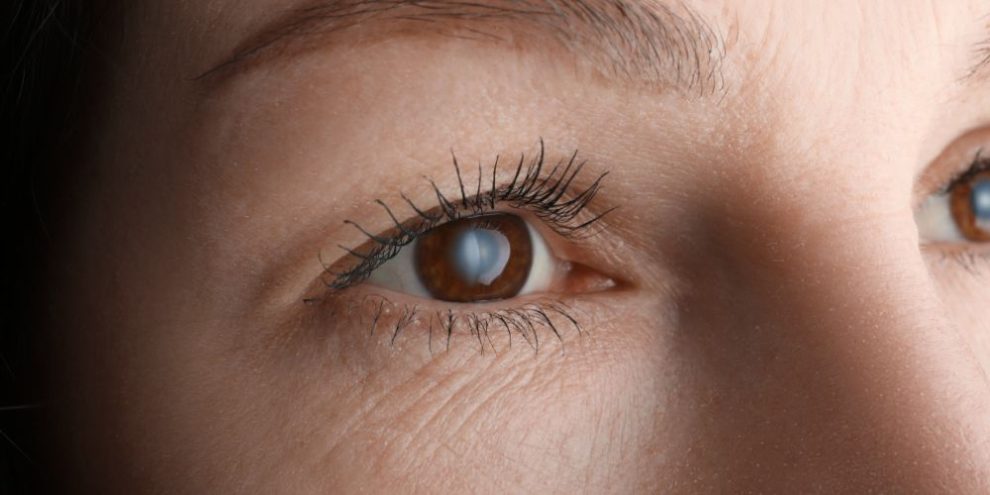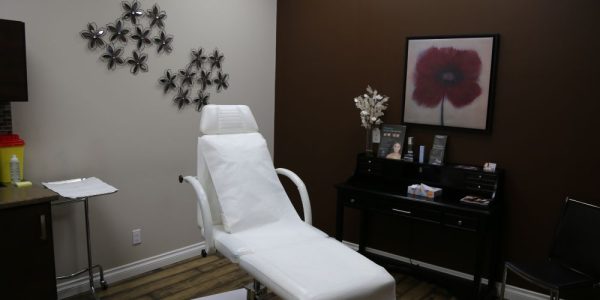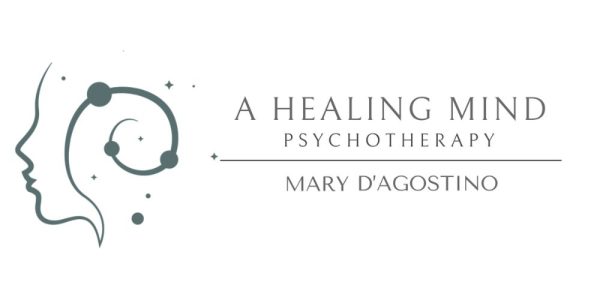
You’ve probably heard of cataracts … but did you know they’re the most common cause of vision loss in Canada? More than 3.4 million Canadians are affected, and many don’t even realize they have them until their sight is already compromised.
“Cataracts often develop slowly and without symptoms, and can significantly impact one’s vision, which is why regular eye exams are so important,” explains Naomi Barber, Clinical Services Director at Specsavers.
Barrie's News Delivered To Your Inbox
By submitting this form, you are consenting to receive marketing emails from: Central Ontario Broadcasting, 431 Huronia Rd, Barrie, Ontario, CA, https://www.cobroadcasting.com. You can revoke your consent to receive emails at any time by using the SafeUnsubscribe® link, found at the bottom of every email. Emails are serviced by Constant Contact
What exactly are cataracts?
A cataract occurs when the lens inside your eye becomes cloudy. This cloudiness prevents light from passing clearly through the lens, causing blurry, misty, or even double vision. Cataracts typically develop gradually, making it easy to miss early signs. Over time, they can interfere with daily activities like reading, driving, or recognizing faces.
While aging is the most common factor, other factors can accelerate their development. These include:
- UV exposure: Too much sun without eye protection can damage the lens over time.
- Smoking: Tobacco use increases the risk of early cataract formation.
- Diabetes: High blood sugar can lead to changes in the lens.
- Genetics: Family history can make some people more prone to cataracts.
Key facts about cataracts
- Cataracts are a natural, age-related change, often developing over many years.
- Cataracts often start to appear in your 50s and 60s.
- They often appear without obvious symptoms, which is why regular eye exams are critical.
- Early detection allows your optometrist to track changes and intervene before your vision is severely affected.
- A 3D eye scan (OCT) can help your optometrist assess your eye health in detail, identifying cataracts and other issues that may affect your vision.
- Cataract surgery is safe, low-risk, and highly effective. Most patients experience dramatic improvements in vision, sometimes describing it as life-changing.
Signs you should get your eyes checked
Even though cataracts can be silent, there are some signs that may indicate it’s time for an eye exam:
- Blurry or cloudy vision that isn’t corrected by glasses.
- Difficulty seeing at night or glare from lights.
- Faded or yellowed colors.
- Frequent changes in your prescription glasses.
If you notice any of these changes, don’t wait … schedule an appointment with your optometrist. Early detection means better outcomes and more options for treatment.
Protecting your eyes
While some risk factors like age or genetics are unavoidable, there are steps you can take to reduce your risk of developing cataracts or slow their progression:
- Wear UV-blocking sunglasses when outdoors.
- Avoid smoking or consider quitting.
- Manage chronic conditions like diabetes carefully.
- Eat a balanced diet rich in antioxidants, such as leafy greens, fruits, and vegetables.
The bright side: Effective treatment
The good news is that cataracts are treatable. Cataract surgery involves removing the cloudy lens and replacing it with a clear artificial one. The procedure is typically quick, with minimal recovery time, and is one of the most commonly performed surgeries worldwide.
Many patients report restored or even improved vision afterward, allowing them to enjoy life fully again.
Free eye exams for seniors in Ontario
In Ontario, seniors aged 65 and older benefit from regular OHIP-funded eye exams designed to help protect their vision as they age. These covered visits make it easier to stay on top of eye health and catch conditions like cataracts before they cause major problems.
All seniors are entitled to a comprehensive eye exam and two minor follow-up assessments once every 18 months. For those with an eligible condition, such as cataracts, glaucoma, or macular degeneration, coverage is even better: a full exam every 12 months, plus up to two minor follow-up assessments each year for anybody 20 years or older.
While OHIP does not include a 3D OCT scan, some optometrists offer this advanced screening as a complimentary service to seniors, providing patients with even more insight into the health of their eyes. These benefits ensure older adults in Ontario can access consistent, professional eye care, helping them maintain clear vision and peace of mind well into their golden years.
Take action
Cataracts may be common, but they don’t have to steal your sight.
Regular eye exams are your best defense against vision loss. With early detection, proactive care, and effective treatment, you can maintain clear vision and a brighter outlook for years to come.











